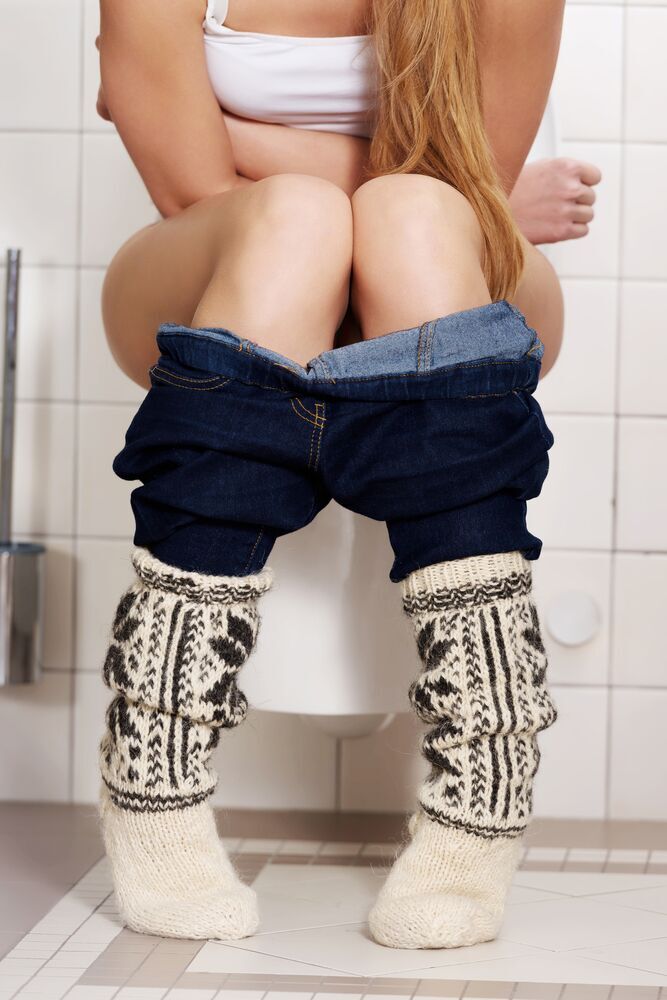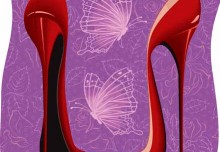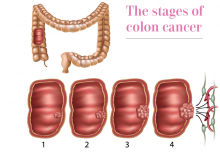
A simple checklist to help if you’re one of the millions of Americans dealing with incontinence
If your bladder has you feeling like a leaky faucet, you are not alone.
If your bladder has you feeling like a leaky faucet, you are not alone. It’s called incontinence and it’s a frustrating problem for millions of Americans. Although men also have the problem, it affects many more women – over half will have some form of incontinence.
Types of incontinence
To understand stress incontinence, think of your bladder as a balloon with muscles keeping it closed. If those muscles weaken from childbirth or stretch from weight gain, or if the pressure in the bladder increases from coughing or laughing, picking up a heavy object or other activities, the pressure can overpower the outlet muscles causing urine to leak out. This is explained in great detail along with many other treatments in Module 5 of www.MenopauseBreakthroughActionPlan.com, a 5-week Online Program that helps women dodge the menopause bullet.
Urge incontinence is the sudden, urgent need to pee. It may be caused by muscle or nerve damage, infection or inflammation of the bladder, or from illness like a stroke.
Overactive Bladder is a type of urge incontinence, a sudden urge to pee and you’re not sure you’re going to make it to the bathroom in time. Some women can “hold it” until they get to the toilet but it is a constant problem for them.
Incontinence in its many forms can affect everything from social events to work to exercise.
Here are 10 tips to help you gain back control:
- Examine Your Medications
- Some high blood pressure meds (alpha-adrenergic antagonists such as Cardura, Minipress and Hytrin) can relax bladder muscles and worsen or cause stress incontinence
- Some antidepressants improve (eg Tofranil and Elavil) and some worsen (most others) incontinence
- Diuretics or “water pills” create more urine and worsen incontinence
- Observe Your Emotions
- Women with incontinence have been shown to have lower self-esteem, a less active sex life and more depression than women with healthy bladders
- Women are so embarrassed they often wait 5-7 years to tell their doctor, and that delays making it better or getting it reversed.
- Start The Evaluation
- Once you discuss the problem with your health care provider, your history and urine sample to test for infection will start the process.
- You may be asked to stand and cough to inspect for leakage and to keep a diary that tells how much you drink, how frequently you pee and how often you lose urine
- Get Tested
- If the urine test is negative you may be asked to get an ultrasound of your bladder and urethra (tube passes urine from the bladder) and asked to cough or pee during the test to see how your anatomy changes
- Pad test: wearing a pad during the day allows the amount of urine lost to be measured
- A Bladder Stress Test: A cup of liquid is put into your bladder with a thin catheter and you are asked to cough or sneeze, either while laying down or standing to see if there is leakage
- Cystometry: Measures bladder pressure to help diagnose urge incontinence
- MRI: To show problems that won’t show up with the other tests
- Develop a Strategy
- For milder incontinence, try drinking smaller volumes more often; you don’t want to get dehydrated but you do want to keep your bladder less full
- Avoid caffeine (coffee, tea, sodas with caffeine, chocolate), spicy foods and acidy foods like tomatoes and fruit juices
- Try going to the bathroom every two hours or so before you have to go so your bladder doesn’t feel full
- Non-Surgical Treatments
- Kegel Exercises – This is a strengthening workout for your bladder muscles. When you go the bathroom to pee, tighten the muscles to stop the urine flow. Now you know which muscles to squeeze. Now hold the squeeze for 10 seconds, relax and repeat for a total of 10 times. When you do three to four sets daily, your muscles and your bladder control will improve.
- Biofeedback – Biofeedback provides real-time information about activity in your bladder and pelvic muscles so you can be better able to control them. Biofeedback is often used in along with Kegel exercises.
- Pessary – A pessary is a device that can be put into the vagina to help cut down on the leakage by keeping the bladder from dropping and allowing the bladder to elevate to its normal position. You can wear it either continuously or as needed, such as when you exercise.
- Bladder Training – Bladder training involves making a chart of when you go to the bathroom and when you leak. After studying the patterns, you can avoid accidents by peeing before a leak might happen, or training your bladder to hold out for increasingly longer periods between bathroom visits.
- Physical therapy – Some physical therapists a specially trained to treat incontinence with non-surgical methods.
- Kegel Exercises – This is a strengthening workout for your bladder muscles. When you go the bathroom to pee, tighten the muscles to stop the urine flow. Now you know which muscles to squeeze. Now hold the squeeze for 10 seconds, relax and repeat for a total of 10 times. When you do three to four sets daily, your muscles and your bladder control will improve.
- Incontinence Medications
- There are an increasing number of incontinence medications. One type of medication called anticholinergic medicines is often used for urge incontinence. They come as pills or patches and block some of the nerves in the bladder muscle. Combining these meds with bladder training works well.
- Botox injections (just like the ones used in the skin for wrinkles) can be used in the bladder muscle to relax the bladder and allow it to hold more urine. While Botox injections aren’t permanent, they can last for up to eight or nine months in the bladder, and can be repeated.
- There are many medications for incontinence and new ones coming out all the time. Talk with your doctor about treatment options. These are covered in more detail in MenopauseBreakthroughActionPlan.com.
- Incontinence Surgery
- In the past, surgery for incontinence often required a hysterectomy. Today there are many newer and less invasive operations to treat this problem that can often be performed as day surgery.
- Who Can Help
- Both gynecologists and urologists often help women with incontinence.
- There are also a specially trained group of doctors called urogynecologists who have additional training to help with this problem.
- Preventing Incontinence
As with everything, prevention is better than cure. Most women can’t prevent bladder problems, but there are ways to lower your risk of incontinence. Keep a healthy weight, do daily Kegel exercises and don’t smoke. Smoking both irritates the bladder and can lead to chronic coughing, which can stress the bladder and cause leaks.





